Which of the following is aromatic in nature?



All of these
To determine which of the given compounds is aromatic in nature, we need to follow a systematic approach based on the four essential criteria for aromaticity. Here’s a step-by-step solution:
Step 1: Identify the Compounds
- List the compounds provided in the question. For this example, let's assume we have three compounds to analyze.
Step 2: Check for Cyclic Structure
- Rule 1: The compound must be cyclic.
- Examine each compound to see if it forms a closed loop.
Step 3: Check for Planarity
- Rule 2: The compound must be planar.
- Assess whether the compound can lie flat in a single plane without any steric hindrance.
Step 4: Check for Hybridization
- Rule 3: All atoms in the ring must be sp² hybridized.
- For each carbon atom in the cyclic structure, count the number of sigma bonds. If a carbon atom is connected to three other atoms (two carbons and one hydrogen), it is sp² hybridized.
Step 5: Count the Pi Electrons
- Rule 4: The compound must follow Huckel's rule, which states that the compound should have 4n+2 pi electrons, where n is a non-negative integer (0, 1, 2, ...).
- Count the number of pi electrons in the compound. Each double bond contributes one pi electron, and any negative charge contributes an additional pi electron.
Step 6: Apply the Rules to Each Compound
- For each compound, check if it meets all four criteria:
- Is it cyclic?
- Is it planar?
- Are all carbons sp² hybridized?
- Does it have 4n+2 pi electrons?
Step 7: Conclusion
- After evaluating each compound, identify which one(s) meet all the criteria for aromaticity.
Example Analysis
1. Compound A: Cyclic, planar, sp² hybridized, and has 6 pi electrons (n=1, follows Huckel's rule).
- Conclusion: Aromatic.
2. Compound B: Cyclic, planar, sp² hybridized, but has only 4 pi electrons (n=0, does not follow Huckel's rule).
- Conclusion: Not aromatic.
3. Compound C: Cyclic, planar, sp² hybridized, and has 2 pi electrons (n=0, follows Huckel's rule).
- Conclusion: Aromatic.
Final Answer
Based on the analysis, the aromatic compounds are Compound A and Compound C.
---
- List the compounds provided in the question. For this example, let's assume we have three compounds to analyze.
- Rule 1: The compound must be cyclic.
- Examine each compound to see if it forms a closed loop.
- Rule 2: The compound must be planar.
- Assess whether the compound can lie flat in a single plane without any steric hindrance.
- Rule 3: All atoms in the ring must be sp² hybridized.
- For each carbon atom in the cyclic structure, count the number of sigma bonds. If a carbon atom is connected to three other atoms (two carbons and one hydrogen), it is sp² hybridized.
- Rule 4: The compound must follow Huckel's rule, which states that the compound should have 4n+2 pi electrons, where n is a non-negative integer (0, 1, 2, ...).
- Count the number of pi electrons in the compound. Each double bond contributes one pi electron, and any negative charge contributes an additional pi electron.
- For each compound, check if it meets all four criteria:
- Is it cyclic?
- Is it planar?
- Are all carbons sp² hybridized?
- Does it have 4n+2 pi electrons?
- After evaluating each compound, identify which one(s) meet all the criteria for aromaticity.
1. Compound A: Cyclic, planar, sp² hybridized, and has 6 pi electrons (n=1, follows Huckel's rule).
- Conclusion: Aromatic.
2. Compound B: Cyclic, planar, sp² hybridized, but has only 4 pi electrons (n=0, does not follow Huckel's rule).
- Conclusion: Not aromatic.
3. Compound C: Cyclic, planar, sp² hybridized, and has 2 pi electrons (n=0, follows Huckel's rule).
- Conclusion: Aromatic.
Based on the analysis, the aromatic compounds are Compound A and Compound C.
Topper's Solved these Questions
- ORGANIC CHEMISTRY : SOME BASIC PRINCIPLES AND TECHNIQUES BOOK - AAKASH INSTITUTECHAPTER - ORGANIC CHEMISTRY : SOME BASIC PRINCIPLES AND TECHNIQUES EXERCISE - Assignment(SECTION-A)
60 Videos
- ORGANIC CHEMISTRY : SOME BASIC PRINCIPLES AND TECHNIQUES BOOK - AAKASH INSTITUTECHAPTER - ORGANIC CHEMISTRY : SOME BASIC PRINCIPLES AND TECHNIQUES EXERCISE - Assignment(SECTION B)
3 Videos
- ORGANIC CHEMISTRY : SOME BASIC PRINCIPLES AND TECHNIQUES BOOK - AAKASH INSTITUTECHAPTER - ORGANIC CHEMISTRY : SOME BASIC PRINCIPLES AND TECHNIQUES EXERCISE - Try Yourself
23 Videos
- MOCK_TEST_20BOOK - AAKASH INSTITUTECHAPTER - MOCK_TEST_20EXERCISE - EXAMPLE
28 Videos
- ORGANIC CHEMISTRY: SOME BASIC PRINCIPLE AND TECHNIQUESBOOK - AAKASH INSTITUTECHAPTER - ORGANIC CHEMISTRY: SOME BASIC PRINCIPLE AND TECHNIQUESEXERCISE - TRY YOURSELF
28 Videos
Similar Questions
Knowledge Check
Which of the following in not aromatic in nature?
A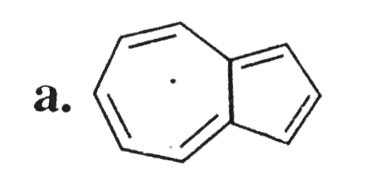 B
B C
C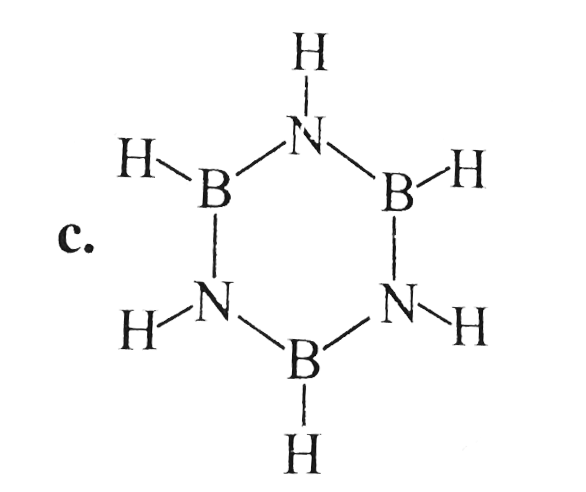 D
D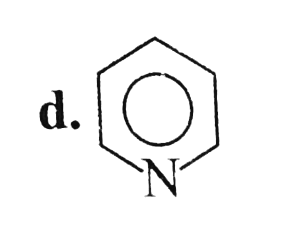
Which of the following is anti-aromatic in nature?
A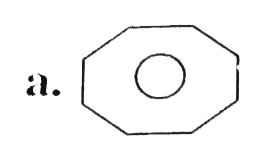 B
B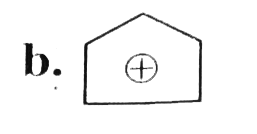 C
C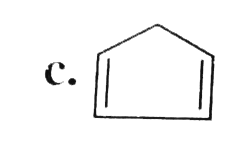 D
D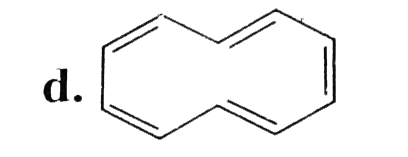
Which one of the following is not aromatic ?
ACyclopentadienyl cationBCyclooctatetraeneCCycloheptatrieneDCycloheptatrienyl cation
